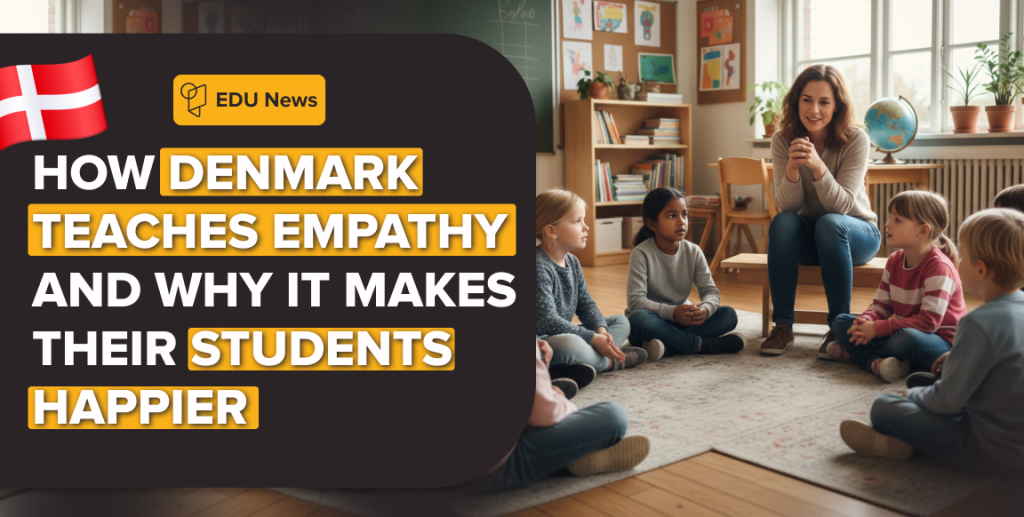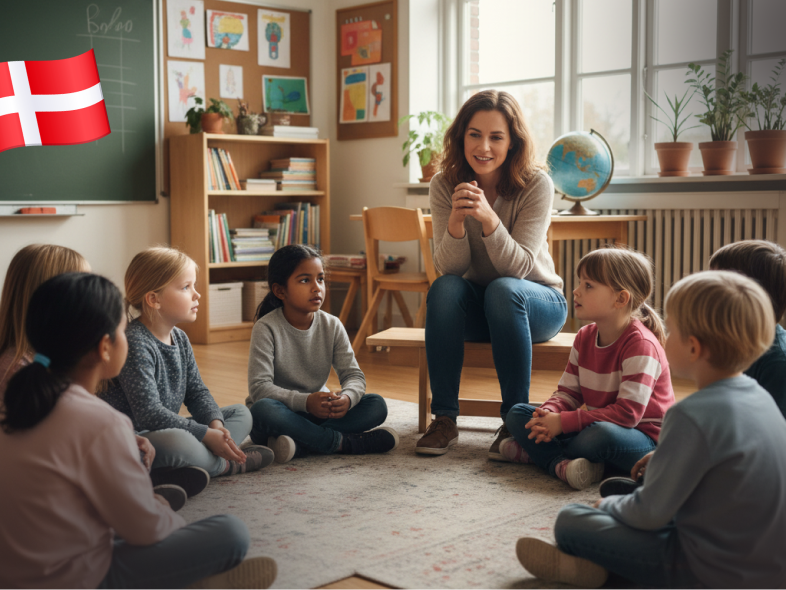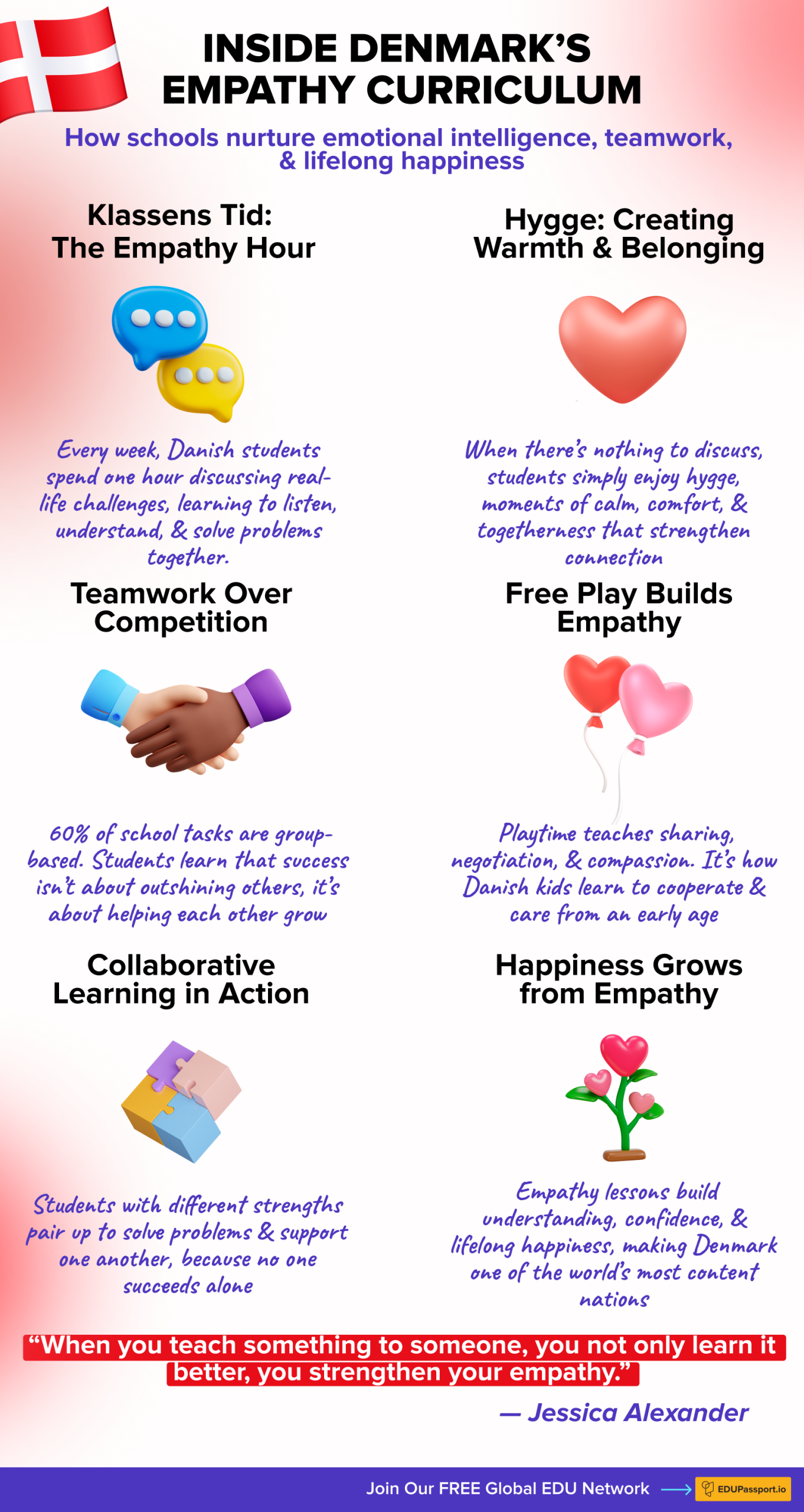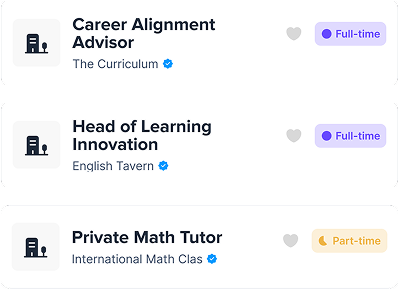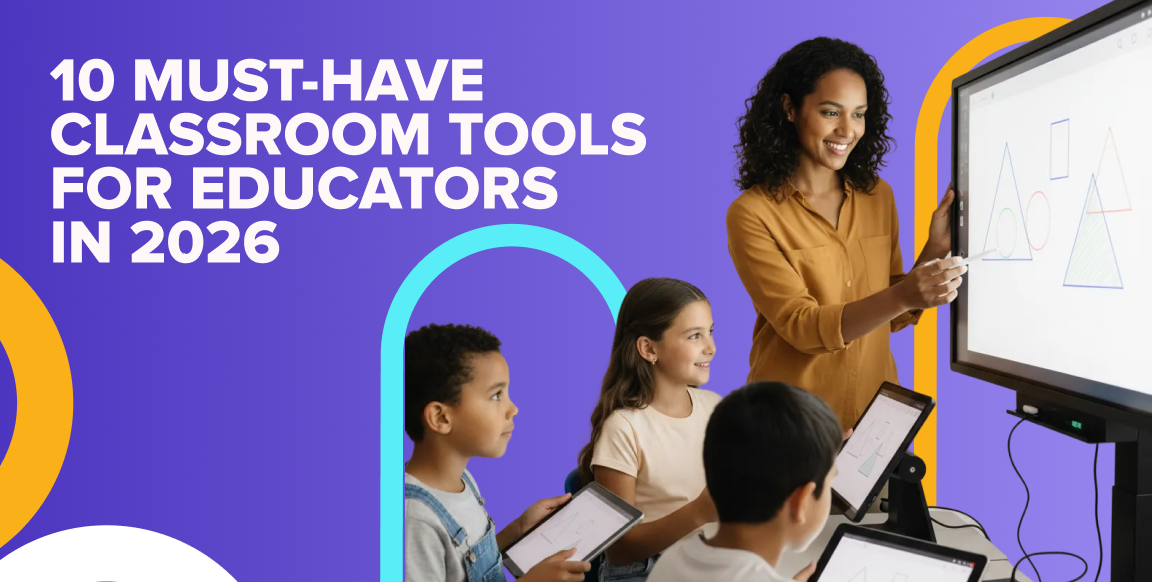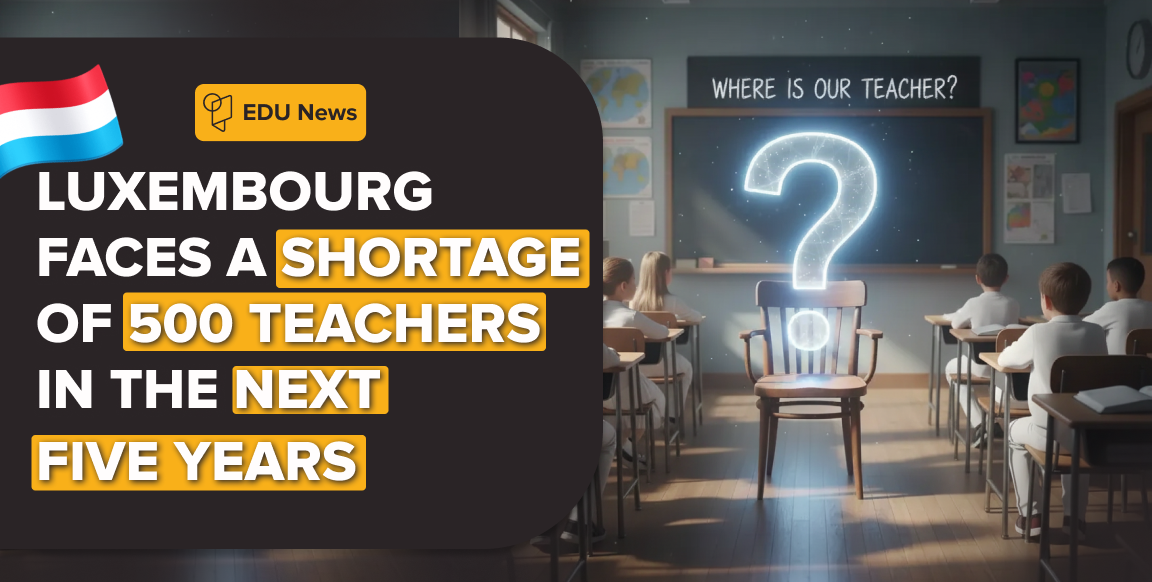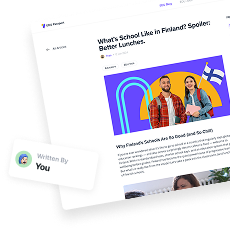The Secret Behind Denmark’s Happiness
Denmark is often celebrated as one of the happiest countries on Earth, and it’s not just because of social welfare or design-forward furniture. Since 1993, Danish schools have made empathy a mandatory subject, shaping a generation of emotionally intelligent, socially aware citizens.
Each week, students aged 6 to 16 gather for “Klassens tid,” or “class time,” a dedicated hour to talk openly about challenges, both personal and academic. Together with their teacher, they problem-solve, reflect, and practice listening with care and understanding.
Hygge: The Heart of Empathy
If no one has an issue to raise, the class still meets to relax and enjoy hygge, that warm sense of coziness and togetherness that defines Danish culture. Think shared snacks, soft light, and laughter. Hygge means intentionally creating intimacy. It turns classrooms into safe spaces where everyone feels seen and supported.
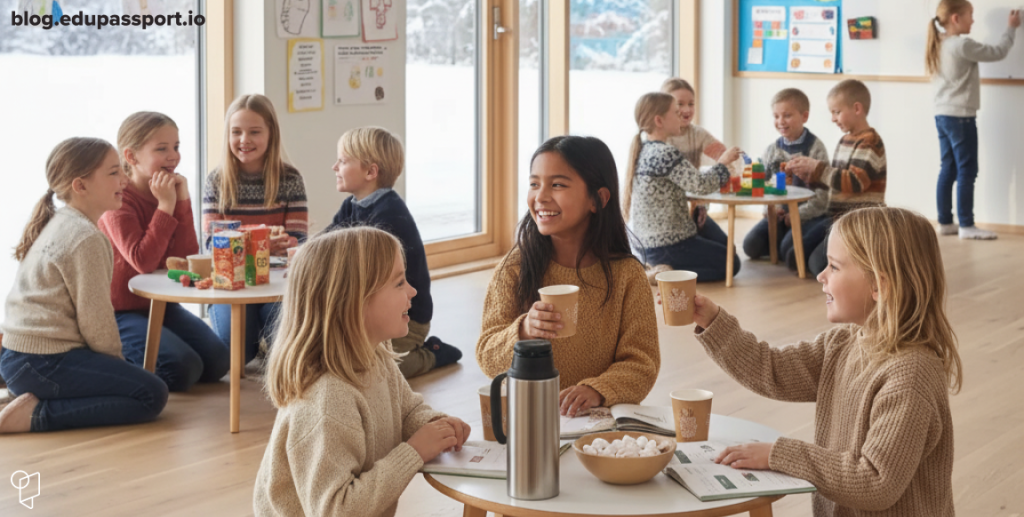
Empathy as a Skill, Not a Soft Trait
“Empathy helps build relationships, prevent bullying, and develop better leaders,” says author and psychologist Jessica Alexander, co-writer of The Danish Way of Parenting. Her research with Danish psychotherapist Iben Sandahl found that empathy lessons do more than reduce conflict. They nurture collaboration, confidence, and long-term happiness.
In Denmark, teamwork takes precedence over competition. About 60% of school assignments are group-based, encouraging students to help peers who might struggle rather than race ahead. Schools don’t hand out prizes for top performers. Instead, students focus on personal growth, not outperforming others.
Play, Collaboration, and Real Connection
Children also get plenty of free play, which psychologists say strengthens empathy and negotiation skills. Through play, students learn to take turns, share ideas, and read social cues, skills that last far beyond childhood.
Another core practice is collaborative learning, where children with different strengths work together on projects. A student who’s great at math might help a peer, while receiving help in another subject in return. “When you teach something to someone,” Alexander explains, “you strengthen your own learning and your empathy because you need to understand how the other person thinks.”
The Global Ripple Effect
Teaching empathy builds understanding, and understanding leads to happiness. In Denmark, that’s not a theory, it’s a classroom reality.
Educators around the world are watching closely. Imagine a generation of students raised not just to succeed, but to listen, care, and collaborate. That’s what empathy education looks like in practice, and perhaps, why the world keeps looking to Denmark for lessons in happiness.
For a different but equally inspiring classroom innovation, explore how Finland is Teaching Preschoolers How to Spot Fake News, another example of how empathy and critical thinking can work hand in hand in education.
Want to connect with educators teaching empathy and emotional intelligence around the world? Join EDU Passport to share insights, classroom stories, and global teaching strategies.
Source Credit:
Adapted from The Adecco Group: Empathy? In Denmark, They’re Learning It In School.




